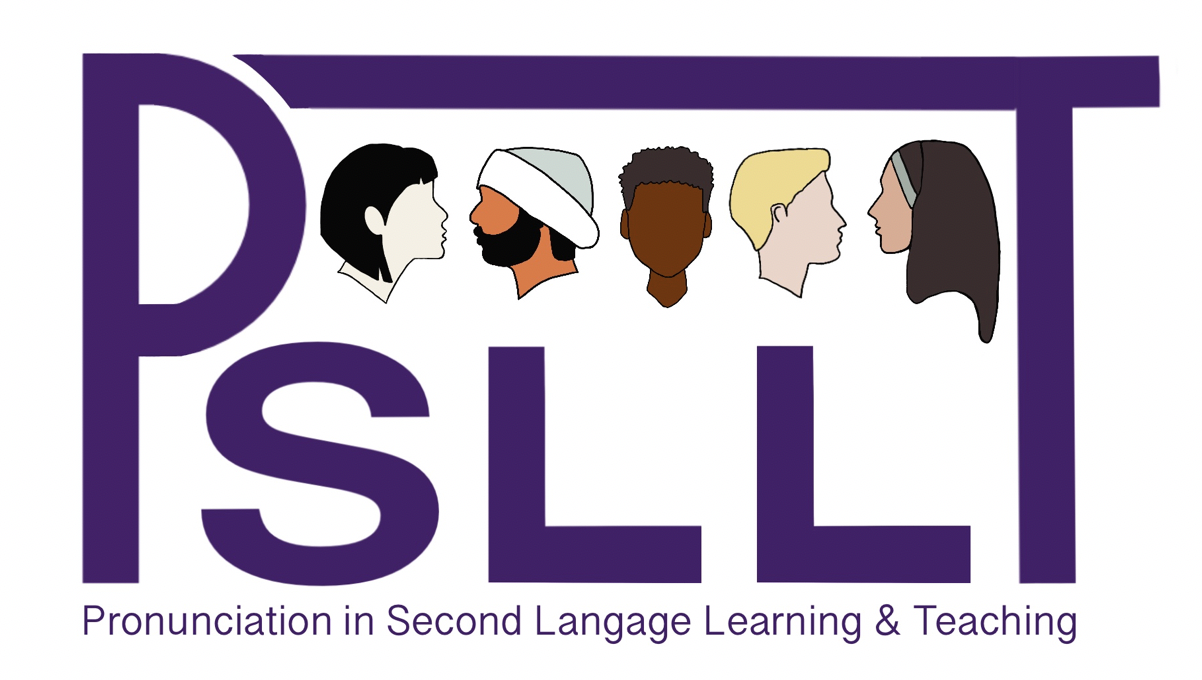Leveraging Social Media for Second Language Spanish Pronunciation Instruction
Abstract
Broadly, research suggests that second language (L2) learners benefit from explicit pronunciation interventions (e.g., Kissling, 2013; Yoshida & Fukada, 2014); however, COVID-19 has impeded the teaching of various aspects of L2s (Yi & Jang, 2020), such as pronunciation. Twelve L1 English speakers from a U.S. college participated in two interventions via Instagram tutorials incorporating the IPA and articulatory features for instruction on the five vowels (/a,e,i,o,u/) and word-stress in Spanish (Lord, 2005). Tutorial presentation was counterbalanced between two participant groups. Participants recorded themselves reading a controlled, continuous speech task (Offerman & Olson, 2016), and ten tokens were analyzed in a pretest and posttest to assess changes in vowel and stress production. Tokens consisted of Spanish and English cognates (e.g., color), as these cognates are often pronounced with the vowel height, diphthongization, and word-stress of English, leading to differences that can impede intelligibility (Simões, 1996). Results were analyzed via a Likert scale rating of 1-5 (1=Non-native; 5=Native-like) by three native or native-like Spanish speakers, concluding that learners significantly improved their production of Spanish vowels with a slight trend for improvement in stress.
How to Cite: Offerman, H. & Yelin, B. (2022). Leveraging social media for second language Spanish pronunciation instruction. In J. Levis & A. Guskaroska (eds.), Proceedings of the 12th Pronunciation in Second Language Learning and Teaching Conference, held June 2021 virtually at Brock University, St. Catharines, ON. https://doi.org/10.31274/psllt.13352
Downloads:
Download PDF
View PDF

